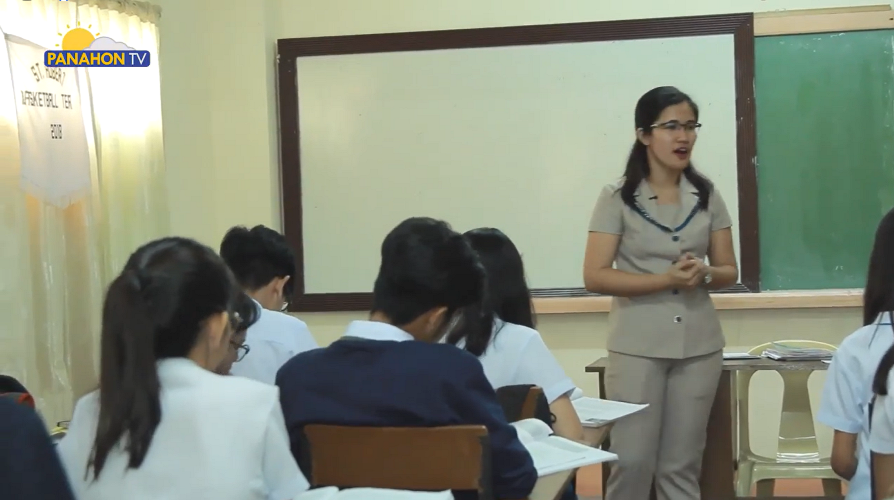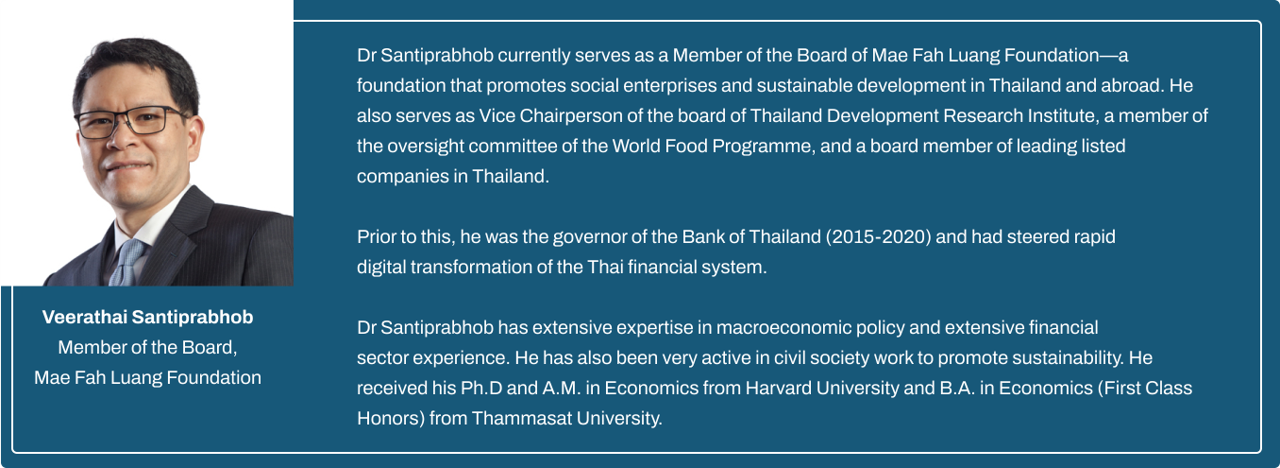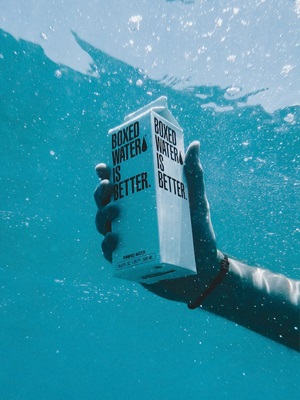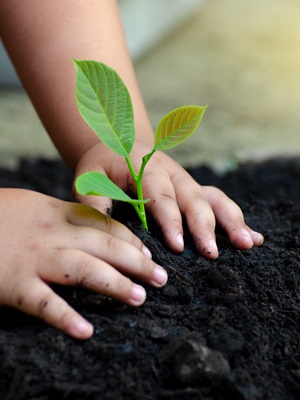Despite being considered as one of the most biologically diverse countries, the Philippines is also considered to be among the most disaster-prone countries in the world. From the changing climate patterns, inadequate protective measures, and the population’s inability to adapt and mitigate the risks due to so many factors such as poverty, limited knowledge about climate change, and living in degrading environments, it was proven the susceptibility of the country to the effects of climate change. In addition to this, about 62 percent of the population lives in the coastal zone (legally defined to extend 1 km inland from the shoreline at high tide and to seaward areas covered within the 200-m isobath), making their living and depending highly on the natural resources from the sea, the land, and the forests for their livelihood and survival. These biohazards bring us to the question, is climate change education already inside the classroom?
According to the Department of Education, they have been taking steps in making sure that young Filipinos are educated about climate mitigation and adaptation. According to them, they have started doing so through the Climate Change Act of 2009 and the K-12 Act to strengthen curriculum integration of climate change concepts across grade levels. They also added courses like disaster risk reduction and climate change adaptation in subjects like Health, Science, Araling Panlipunan, and Edukasyon sa Pagpapakatao.
However, in my years inside the four corners of the classroom as a classroom teacher and an adviser of the school’s environmental organization, I've seen several reasons why these actions aren't enough to make classrooms better at fighting climate change.
First, teachers are expected to adhere to the curriculum mandated by the Department of Education, which sometimes restricts their ability to teach crucial topics like climate change. Being a standard plan for teaching a certain subject, the said curriculum can limit the creativity of the teachers because going off the lesson plan can lead to missing important concepts that the government intends them to learn. While the curriculum in my previous school is flexible enough to integrate climate change in the curriculum, this is not the case for other Filipino teachers. In fact, there’s a study conducted by the Philippine National University in 2018, Grade 10 students who are classified as “moderately knowledgeable”, were not able to use what they learned in class in reducing their own carbon footprint in real life.

Second, teachers don’t have enough skills to teach climate change inside the classroom. In 2021, UNESCO conducted a survey involving 58,000 teachers from 100 countries, including the Philippines. The survey revealed that only less than 2 out of 5 of these teachers felt confident in their ability to teach about climate change. The article also highlighted a concerning global educational gap regarding climate change. It was also stated that only half of the national curricula around the world include references to climate change. In the interview that we conducted in 2018 in my previous workplace, teachers from the Science Department are the only ones expected to run environmental events and manage the youth organization. This goes to show that not all the teachers are equipped and skilled to integrate climate change to their subject matter. Some even don’t have the resources to begin with.
Lastly, the shortage of good teaching materials is also one of the challenges of teachers in integrating climate change in the curriculum. While it is a privilege to have updated information when I was in private school, it is a different situation in the public school per se. Teachers had to utilize materials from the internet or create reproducible handouts, opting for these resources over costly textbooks that are challenging to correct if errors are discovered.
To close with, while there have been commendable efforts by the Department of Education to introduce climate change education into Filipino classrooms, several significant challenges remain. The strict curriculum to follow, the lack of teacher training, and the limited teaching materials all hinder the effectiveness of climate change education. As the Philippines hold its vulnerability to climate-related disasters and the critical need for sustainable practices, addressing these educational shortcomings becomes crucial. To truly empower the younger generation to combat climate change, it is essential not only to integrate climate concepts more comprehensively into the curriculum but also to invest in teacher training and the development of accessible, accurate, and up-to-date teaching materials. Only through a coordinated effort to overcome these obstacles can the Philippines cultivate a generation of informed and proactive citizens who will play an important role in mitigating the country's environmental challenges.
Posted 31/10/2023

















